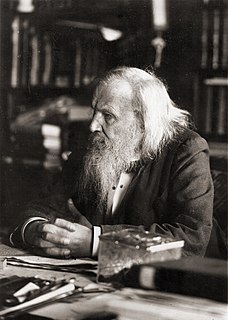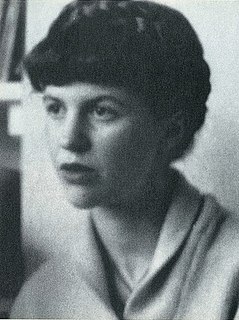A Quote by Josef Albers
When I came from horizontal vertical straight all old stuff then suddenly I go also again in curved lines. And there I submit to changes in the intensity of my hand leading a tool, you see.
Related Quotes
Those of us raised in modern cities tend to notice horizontal and vertical lines more quickly than lines at other orientations. In contrast, people raised in nomadic tribes do a better job noticing lines skewed at intermediate angles, since Mother Nature tends to work with a wider array of lines than most architects.
It is possible that, through horizontal and vertical lines constructed with awareness, but not with calculation, led by high intuition, and brought to harmony and rhythm, these basic forms of beauty, supplemented if necessary by other direct lines or curves, can become a work of art, as strong as it is true.
But I am I now; and so many other millions are so irretrievably their own special variety of 'I' that I can hardly bear to think of it. I: how firm a letter; how reassuring the three strokes: one vertical, proud and assertive, and then the two short horizontal lines in quick, smug succession. The pen scratching on the paper…I…I…I…I…I…I.
Take the time you need to learn the craft. Then sit down and write. When you hand over your completed manuscript to a trusted reader, keep an open mind. Edit, edit, and edit again. After you have written a great query letter, go to AgentQuery.com. This site is an invaluable resource that lists agents in your genre. Submit, accept rejection as part of the process, and submit again. And, of course, never give up.
If the intensity of the material world is plotted along the horizontal axis, and the response of the human mind is on the vertical, the relation between the two is represented by the logarithmic curve. Could this rule provide a clue to the relationship between the objective measure of information, and our subjective perception of it?
Concrete you can mold, you can press it into - after all, you haven't any straight lines in your body. Why should we have straight lines in our architecture? You'd be surprised when you go into a room that has no straight line - how marvelous it is that you can feel the walls talking back to you, as it were.
You use the vertical edge as the point of reference, instead of the horizontal edge. I have a picture of a beggar, where there's an arm coming into the frame from the side. And the arm is parallel to the horizontal edge and it makes it work. It's all games, you know. But it keeps it interesting to do, to play.
I came to the destruction of volume by the use of the plane. This I accomplished by means of lines cutting the planes. But still, the plane remained too intact. So I came to making only lines and brought the colour within the lines. Now the only problem was to destroy these lines also through mutual oppositions.






































